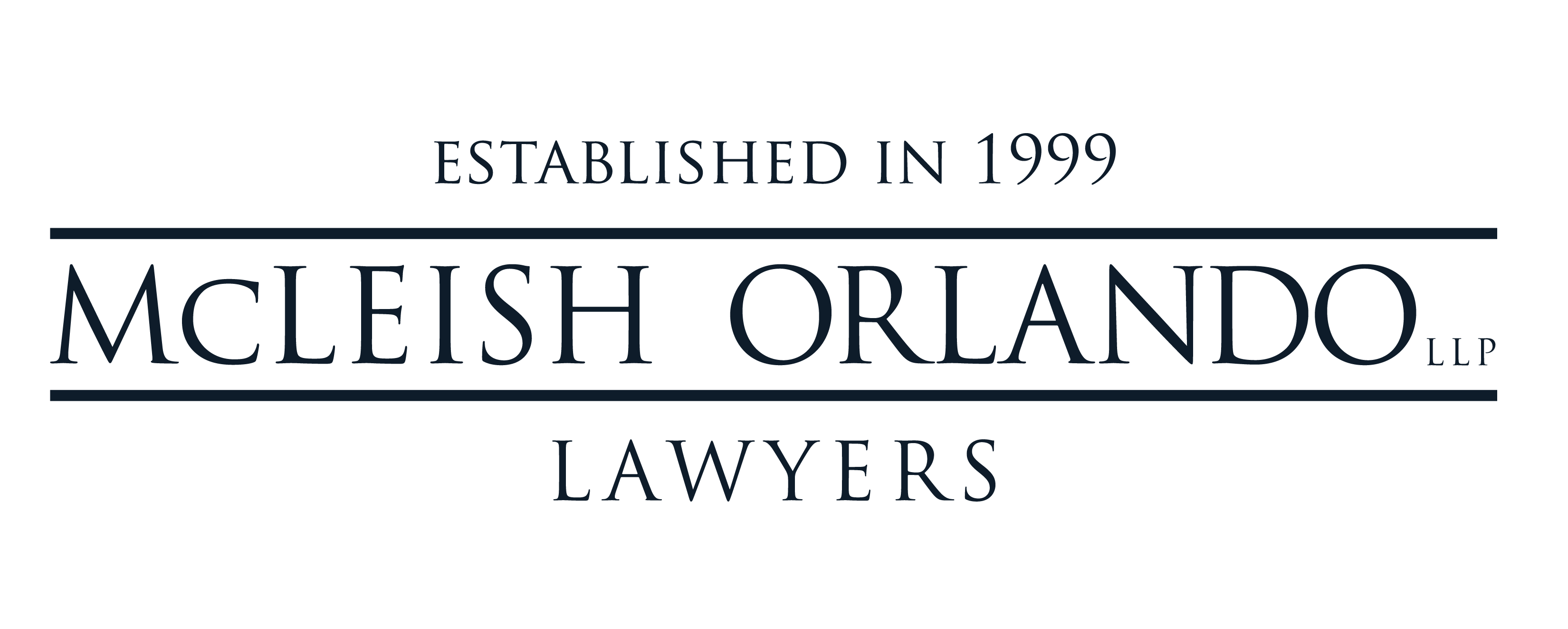By: Patrick Brown, Partner and Cassandra De Marco, Articling Student
Alberta has announced a major change to the province’s auto insurance system, which is set to roll out across Alberta by 2027. The new “Care-First” insurance models intent is to deliver faster support for those injured in collisions while reducing the need for legal action. The likely reality is a system that promotes reckless and careless driving, removes accountability, and leaves many victims unrepresented.
What’s Changing in Alberta?
Currently, if you are injured in a car accident, you typically have the right to sue the at-fault driver for pain and suffering, past and future loss of income, and other general damages. A drunk or reckless driver was held responsible civilly for their bad behaviour. The current system which is to be replaced allows for broad compensation rights and allows for access to medical treatment and rehab treatment during the pursuit of those rights.
The new Care-First model completely changes this approach. Instead of relying on lawsuits, the Care-First insurance model introduces what they call a care-based approach to claims.
- Those who have suffered injuries will get the medical care they need as long as they prove the treatment plan will be medically beneficial. Since lawsuits will have been removed from the system, so will representation for the injured. Proving to an insurance company what is needed, may be very problematic for some victims.
- There will be a pre-determined benefit packages, including income replacement benefits and lump-sum payments for permanent injuries provided one is able to prove they qualify.
How the Care-First Model Compares to Ontario’s Model
While Alberta is in the midst of launching their new care-based auto insurance model, Ontario operates on a hybrid system that combines no-fault accident benefits with the right to sue in cases of serious injury. Both approaches aim to support those who are injured in motor vehicle collisions, but they do so in different ways:
| Feature | Alberta’s Care-First (2027) | Ontario (Current) |
|---|---|---|
| Ability to Sue | Lawsuits limited to catastrophic injuries only; no lawsuits for minor injuries. | Retains the right to sue for serious and catastrophic injuries, providing access to full legal remedies, including pain and suffering, loss of earning capacity, future care needs, and loss of care, guidance and companionship for family members. |
| Pain and Suffering Damages | Only available for catastrophic injuries; no damages for minor injuries. | Available for serious injuries if legal thresholds are met, allowing compensation for emotional and physical distress. |
| Medical Treatment Limits | No cap for medically necessary treatment for serious injuries. | Generous statutory accident benefits, with $65,000 coverage for non-catastrophic injuries and up to $1 million for catastrophic injuries (additional optional benefits available), supplemented by lawsuit damages provided one proves fault. |
| Treatment Duration | Treatment continues as long as medically necessary for serious injuries. | Standard two-year window, with options to extend or increase benefits through customized policies, supplemented by lawsuit damages provided one proves fault. |
| Income Replacement | Pre-set, standardized income benefits. | Income replacement benefits based on a percentage of previous earnings, with flexibility to purchase enhanced coverage, supplemented by lawsuit damages provided one proves fault. |
| Litigation Role | Minimal litigation; emphasis on standardized benefits. Likely removal of legal representation for victims. | Maintains a balance between accident benefits and the ability to seek damages through the courts and does not cap lawsuit damages. Maintains a system where victims will have access to lawyers through a contingency fee arrangement. |
| Focus | Rapid care access and cost control. | Comprehensive recovery support with protection of legal rights. |
There are key differences to Ontario’s insurance model, some of which include:
- Choice and Protection of Legal Rights: Ontario’s system offers those who have been injured more choice in whether they pursue legal action. Those who have suffered serious or catastrophic injuries can still pursue legal action for full compensation, such as damages for pain and suffering. This ensures victims are not limited to a fixed benefit schedule if their losses are significant.
- Customizable Coverage: In Ontario, optional benefits can be purchased to enhance insurance protection, which allows for greater flexibility based on the individual’s needs. For example, those who want higher medical and rehabilitation limits or greater income replacement can tailor their policies for what they want.
- Generous Benefits for Catastrophic Injuries: Ontario provides support for the seriously injured, with up to $1 million in available medical and rehabilitation benefits, which ensures long-term care is accessible without relying solely on the public health system.
- Accountability Through the Courts: The ability to take legal action creates an important level of accountability for insurance companies and at-fault drivers, helping to ensure that accident victims are treated fairly and are fully compensated when serious injuries occur.
Alberta’s Care-First model is designed to streamline the process, reduce legal costs, and lower premiums to drivers. It emphasizes quick access to benefits rather than legal proceedings. While this could simplify claims and reduce costs for many drivers, it also limits opportunities for court-awarded compensation and individual negotiation, particularly for minor to moderate injuries.
Perhaps the most significant difference is an Ontario system that holds bad, reckless and drunk drivers accountable for their actions, while the new Alberta model promotes lower insurance premiums, reduced access to legal representation for victims and a system primarily directed by the insurance industry.
If you or a loved one has been injured in a motor vehicle accident, it is important to contact experienced legal counsel for advice. Here at McLeish Orlando, we have over 25 years of experience navigating motor vehicle collision claims. Contact a personal injury lawyer at McLeish Orlando for a free consultation today.





